Boys’ love at the temple? Sensual ikemen art that raised eyebrows in Japan now set to be removed
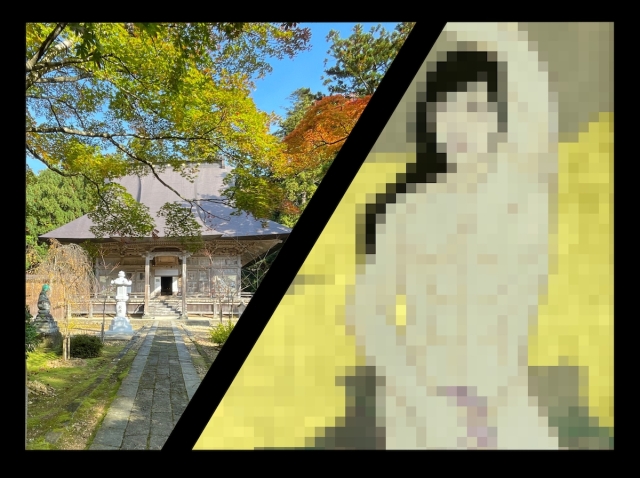
Modern makeover at centuries-old temple comes to an end, but not for rumoured reasons.
For the past couple of years, our reporter Saya Togashi has been interested in visiting a temple in Japan with bewitching paintings unlike anything usually found at a religious site. Dubbed the “Ikemen Sensual Picture Scroll“, the artwork is said to be amazing in many ways, and once she heard that the artwork might be removed soon, Saya wasted no time in getting herself up there to take a look at it in person.
▼ The temple with the evocative art is Kokujoji in Tsubame City, Niigata Prefecture.
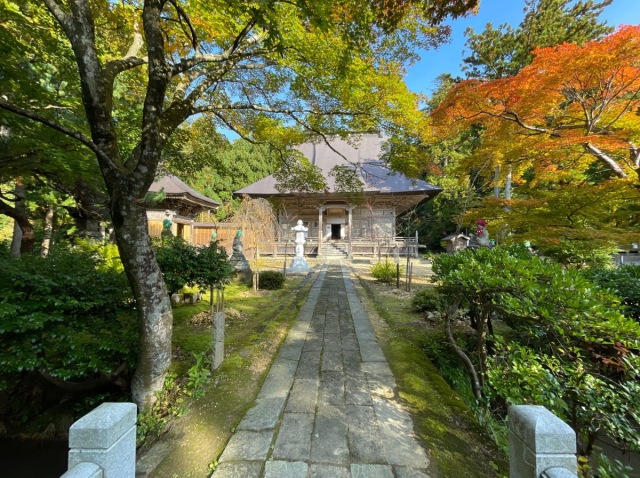
As soon as Saya arrived, it wasn’t the boys’ love but the autumn leaves that caught her attention. The fiery red and orange hues were absolutely breathtaking, and she stopped for a moment to admire their beauty.
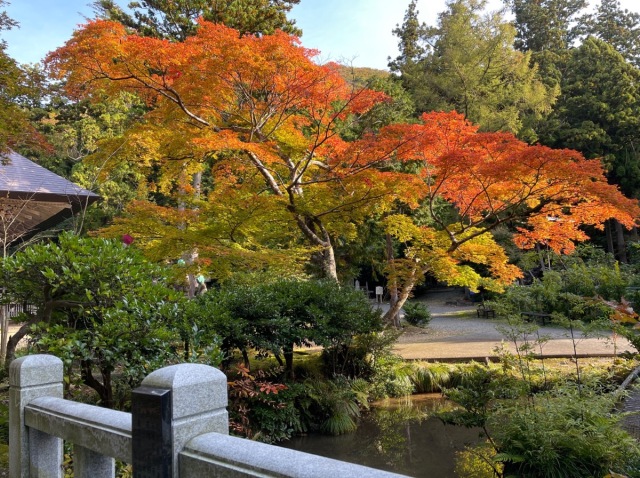
It was just the start of the fiery beauty that would capture Saya’s attention that day, because when she approached the main hall of the temple, she was met by another glorious sight.
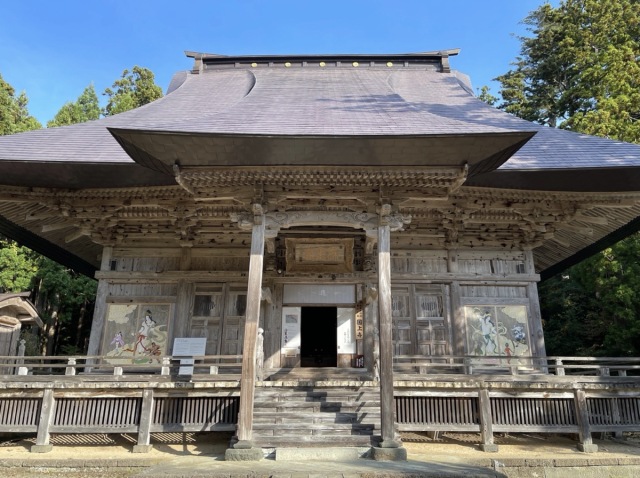
There, sheltered in the shadows cast by the eaves of the old building, were spectacular images of a fantastical world, populated mostly by handsome men.
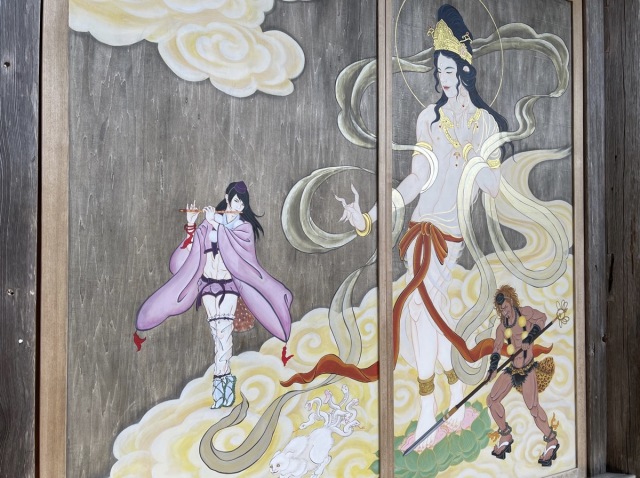
These weren’t just any random characters though – the subjects here are all important luminaries with ties to the temple, which dates back to 1300. The main players are: Amida Nyorai, also known as the Buddha of Limitless Light; Uesugi Kenshin (1530-1578), a powerful daimyo; Ryokwan (1758–1831), a hermit monk; Shuten-doji, a mythical demon; Minamoto no Yoshitsune (1159-1189), a powerful military commander; and Benkei (1155-1189), a Japanese warrior monk.
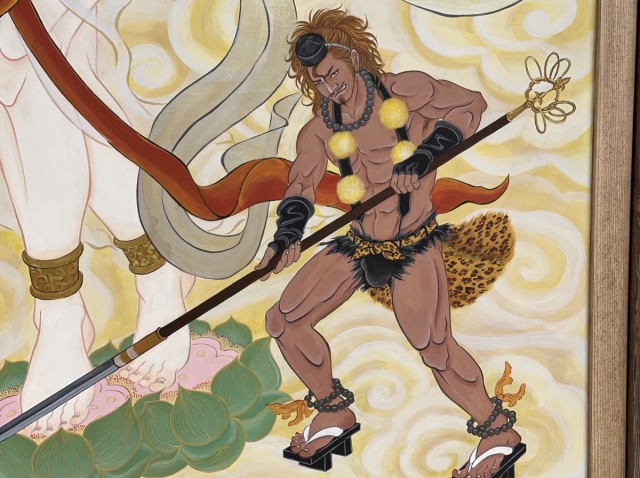
The characters are drawn so beautifully that some of them look as if they’ve stepped out of a manga or video game. And when you look closely, you’ll see one of the things they all have in common, aside from being drop-dead gorgeous — they’re all wearing sexy, revealing costumes.
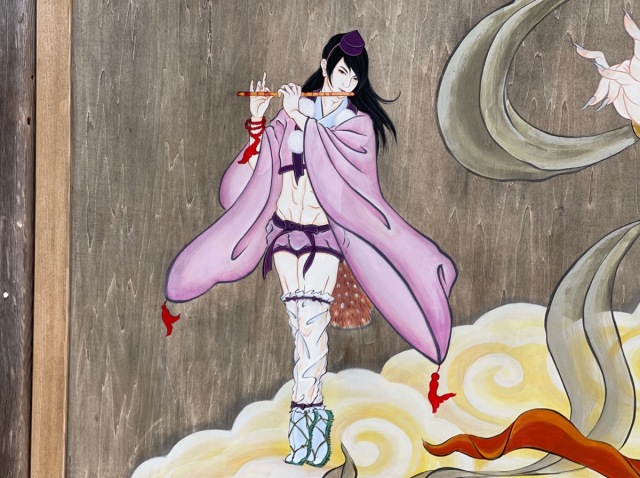
The artist who drew these stunning images is Ryoko Kimura, a contemporary Japanese painter who specialises in erotic male paintings. These paintings at the temple sprang from the notion of what it would be like if the five characters tied to the temple’s history, all from different eras, were brought together to co-exist at the same time.
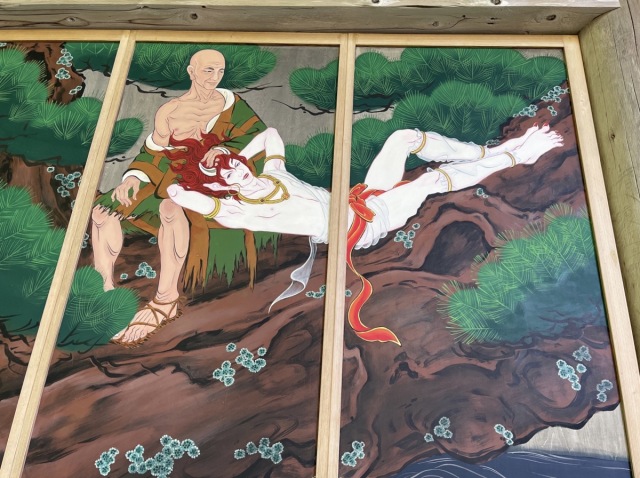
Instead of sitting with his contemporary Yoshitsune, for example, Benkei is pictured with his arm around Kenshin, who was born centuries after Benkei’s death.
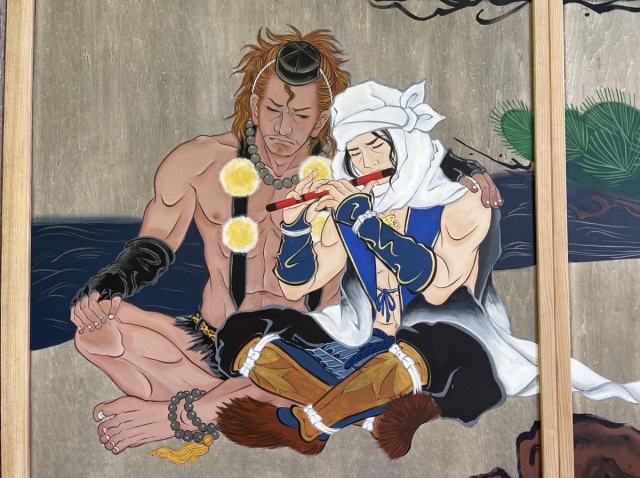
Each person and scene on these temple walls has been carefully drawn with proper characterisation and backstories in mind.
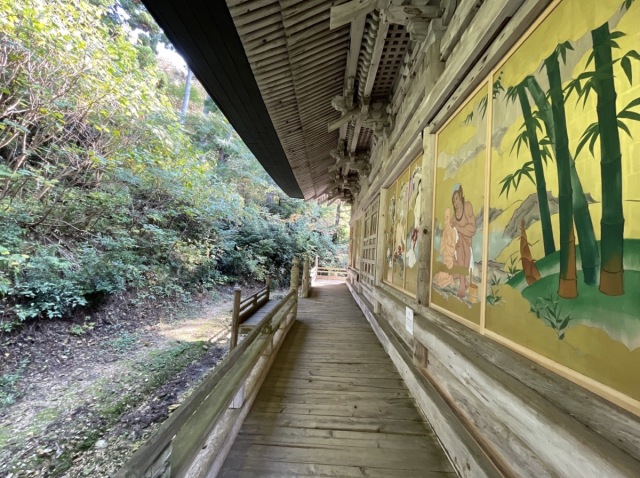
The biggest highlight, and perhaps the most controversial point that led to the images being covered by local TV news outlets when they first appeared in 2019, is the bathing scene on the north side of the building.
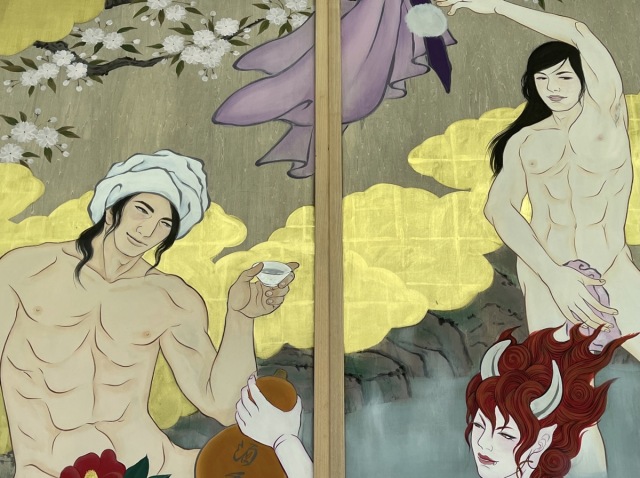
Here, the five characters can be seen enjoying an open-air onsen together, and although their private parts are skilfully hidden, it’s clear that they’re all basically naked.
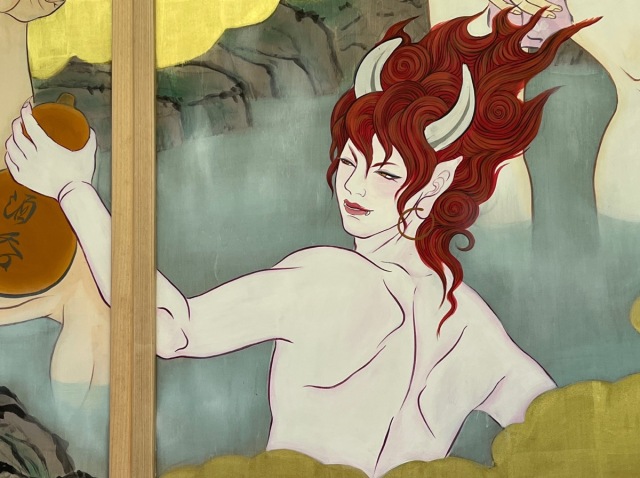
▼ Saya found herself being especially captivated by Shuten-doji, who was exceedingly beautiful.
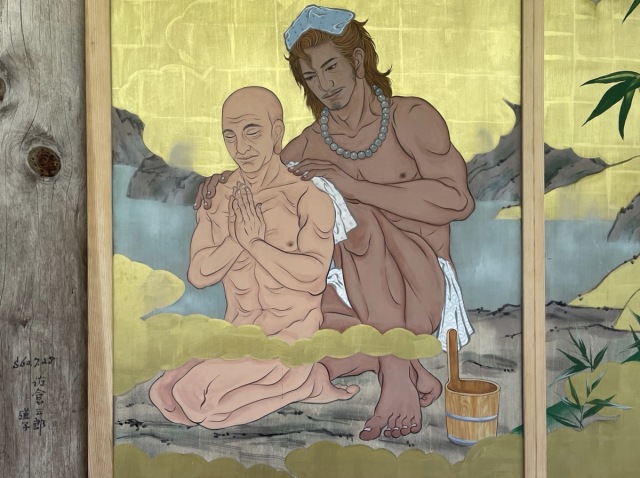
Boys’ love enthusiasts will no doubt see some BL couplings here, but others will simply see a group of great men smiling and enjoying each other’s company. This space for different levels of viewer interpretation is part of the great beauty of the artwork.

While some people have been against the very modern reimagining of these great characters, there’s nothing to say it’s obscene as the reading of the work depends on the viewer’s interpretation.
▼ Get your heads out of the gutter – this is just beautiful art!
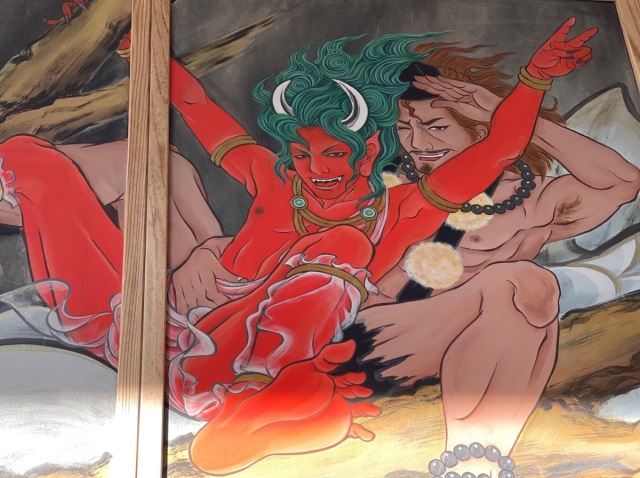
Still, the murals have courted controversy, with some people saying they’re “not suitable for temples” and “not good for education“. The situation is further complicated by the fact that Kokujoji is designated as a cultural property of the Tsubame City Board of Education, which raises the question of who the temple belongs to, and who has a say in what happens to it.
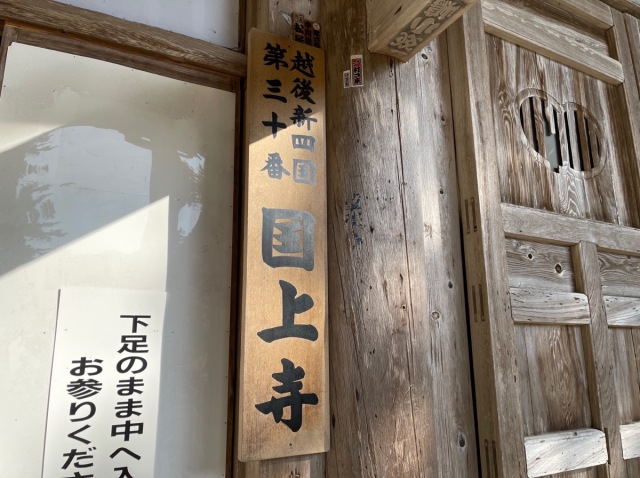
However, the head priest at Kokujoji believes there’s a good reason for the murals, and that’s to attract people to the temple. Kokujoji is already known for its “flame wars memorial service”, a ceremony that puts online flaming to rest for your social media accounts, so it knows how to adapt its centuries-old heritage to the modern-day needs of worshippers.
The number of people who worship and support temples is said to be steadily decreasing, and around 40 percent of the country’s 77,000 temples are predicted to close within the next 25 years. With this shaky future ahead of them, temples have no choice but to adapt and try new things in order to survive.
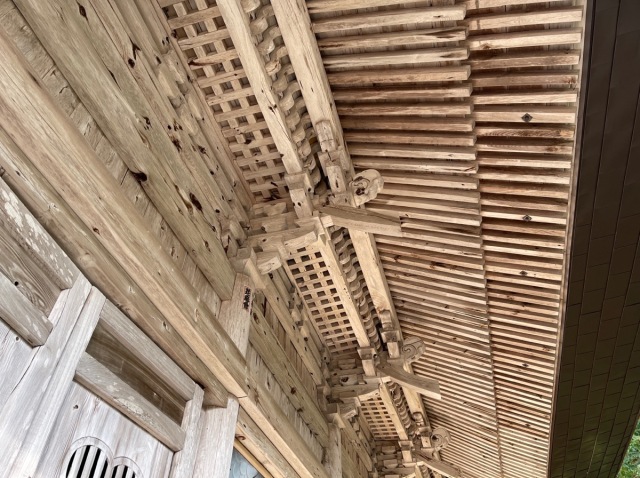
Today’s new generation of temple priests aren’t tied to old habits and are keen to make their temples as appealing as possible to visitors. And the plan appears to be working, as the unusual murals at Kokujoji did entice our own reporter to make the trip out to see them, and they continue to attract many other people from around the country as well.
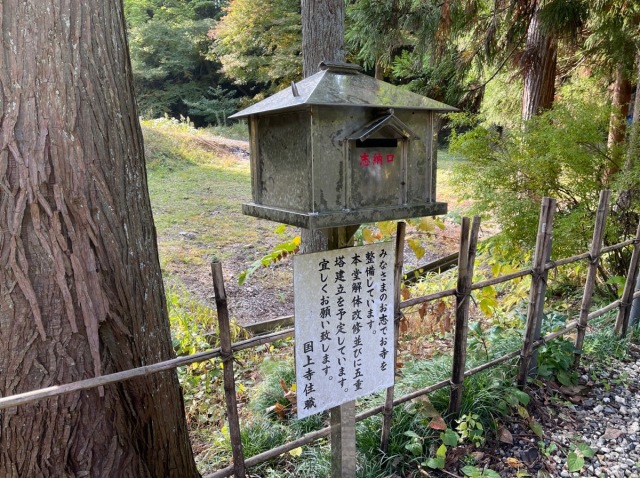
▼ Visitors can purchase special commemorative seals at the temple as a memento of their visit.
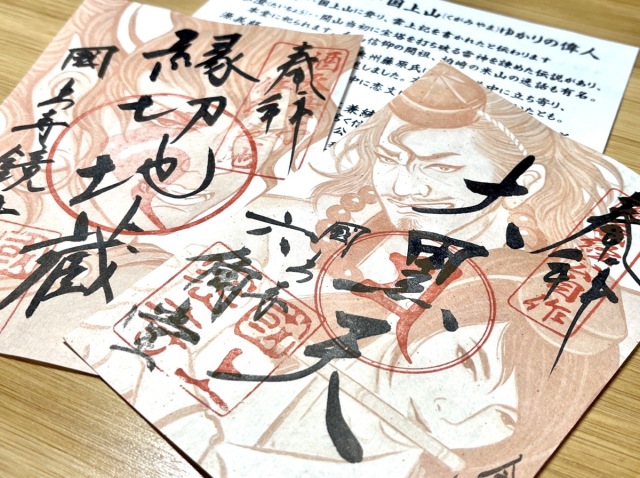
Recently, there have been reports claiming that the murals will be removed after the public display of relics at the temple scheduled for this autumn, following requests by the Tsubame City Board of Education to return the building to its original state. So we asked the temple’s head priest, Kotetsu Yamada, about the future of the art directly, to which he replied:
“Because of the humid environment around the temple, we were worried that the mural will become mouldy and worm-eaten, so we initially thought it would be displayed until the display of relics this autumn.
However, due to various reasons, the display of relics was postponed until the Year of the Horse in five years’ time. There are concerns that the mural will become worn out within those five years if left as it is, though, so we’re thinking of removing it by the spring, but it can still be viewed until the end of Golden Week.”
So there you have it — the murals really do appear to be coming down in the near future, but according to the temple’s head priest, it’s not for the reasons many suspect. While it’s unclear what will become of the paintings after they’re removed, the concerns expressed by Yamada regarding their preservation suggest that they’ll be protected in some way, and who knows – they might be used to help attract worshippers at other temples, like a travelling exhibition spreading the word of Japan’s most handsome historical and mythical men.
If you’d like to see the stunning murals before they’re taken down, be sure to make the trip out to Niigata to see them by the end of Golden Week, which is scheduled to end on 5 May next year. And while you’re there, don’t forget to track down the amemonaka, a traditional local sweet that’s just as seductive as the art at Kokujoji.
Temple information
Kokujoji / 国上寺
Address: Niigata-ken, Tsubame-shi, Kugami 1407
新潟県燕市国上1407番地
Hours: 8:30 a.m.-4:30 p.m. (April to November); 8:30 a.m.-4:00 p.m. (December-end of March)
Closed: February-March equinoctial week
Website
Related: PR TIMES
Photos ©SoraNews24
● Want to hear about SoraNews24’s latest articles as soon as they’re published? Follow us on Facebook and Twitter!
Credit:

0 comments: